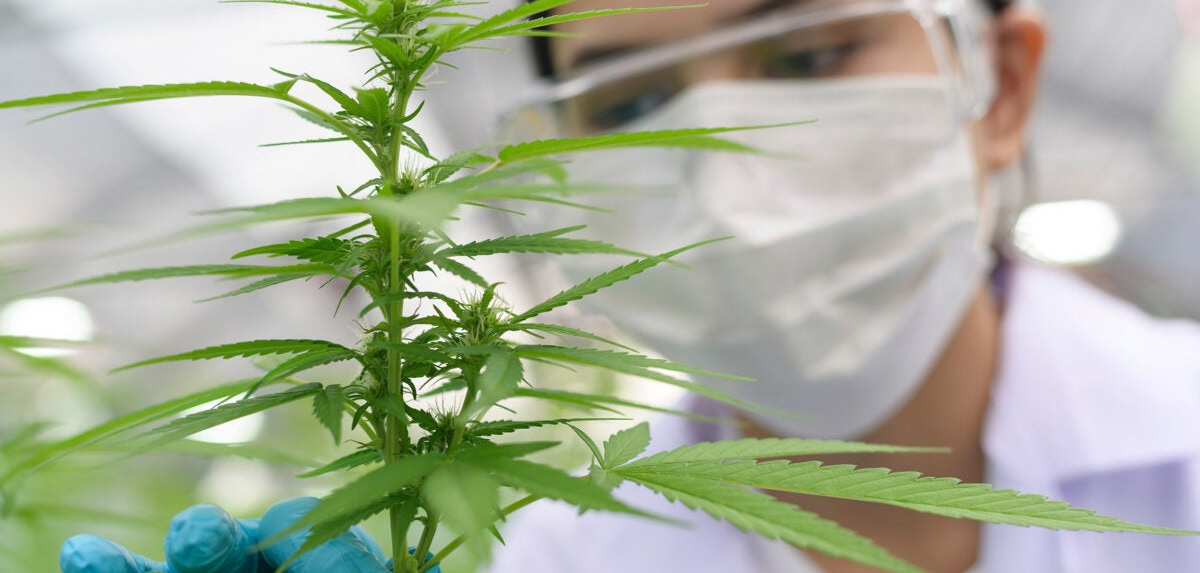In recent years, the legalization of cannabis has become a hot topic worldwide. With increasing recognition of its medical value and a shift in societal attitudes, more and more countries are reevaluating and adjusting their cannabis policies. However, there are significant differences in the process and approach to cannabis legalization across different countries and regions. Today, let's take a look at some of the differences in cannabis policies around the world.
Cannabis Policies in North America:
United States: While cannabis is still classified as an illegal drug at the federal level, many states have enacted laws allowing for medical and even recreational use of cannabis. For example, California and Colorado not only allow for medical cannabis but have also opened up recreational cannabis markets.
Canada: In 2018, Canada became the second country, after Uruguay, to legalize cannabis nationwide. The Canadian government has implemented strict regulations on cannabis production, sales, and consumption, aimed at protecting public health while combating the illegal market.

Cannabis Policies in Europe:
The Netherlands: The Netherlands is widely regarded as having more lenient cannabis policies. Although technically cannabis is not fully legalized in the Netherlands, the government has adopted a tolerant approach to the sale and use of small amounts of cannabis in coffee shops. This policy has served as a reference for cannabis policies in other countries globally.
Germany and Portugal: Germany has relatively open policies regarding medical cannabis, while Portugal has set a precedent by decriminalizing cannabis use. These countries focus more on reducing criminal penalties for consumers while controlling and managing the use of medical cannabis.
Cannabis Policies in Latin America:
Uruguay: As the first country to fully legalize cannabis, Uruguay allows for the cultivation, consumption, and sale of cannabis by adults. The country's policy is seen as an innovative social experiment aimed at combating drug trafficking and related crimes through legalization.
Colombia and Mexico: Colombia and Mexico have made progress in their cannabis policies in recent years. Colombia allows for the use of medical cannabis, while the Mexican Supreme Court has ruled that personal cannabis use is legal, although specific legislation is still being developed.

Cannabis Policies in Asia:
Thailand and Israel: Thailand has relaxed restrictions on medical cannabis in recent years, while Israel has been a pioneer in medical cannabis research. These two countries reflect the gradual opening trend in Asia towards medical cannabis.
Other Asian Countries: Most countries in Asia maintain strict prohibitions on cannabis, such as China, Japan, and Singapore, where any form of cannabis use is strictly prohibited by law.
The current global cannabis policies demonstrate a diverse range of developments, from strict prohibition to conditional legalization. Cannabis legalization has brought significant economic benefits to some countries, including increased tax revenue and employment opportunities. Additionally, legalization has propelled related industries such as cannabis cultivation, processing, and sales. With shifting societal attitudes and ongoing scientific research, more countries and regions may make adjustments to their cannabis policies in the future. If you would like to learn more about cannabis-related knowledge, feel free to reach out to us through the chatbox below.























